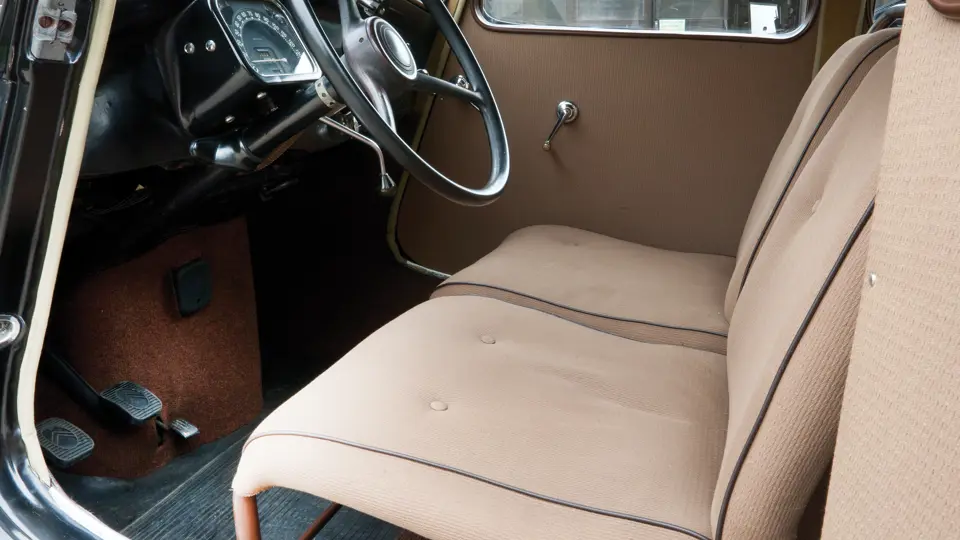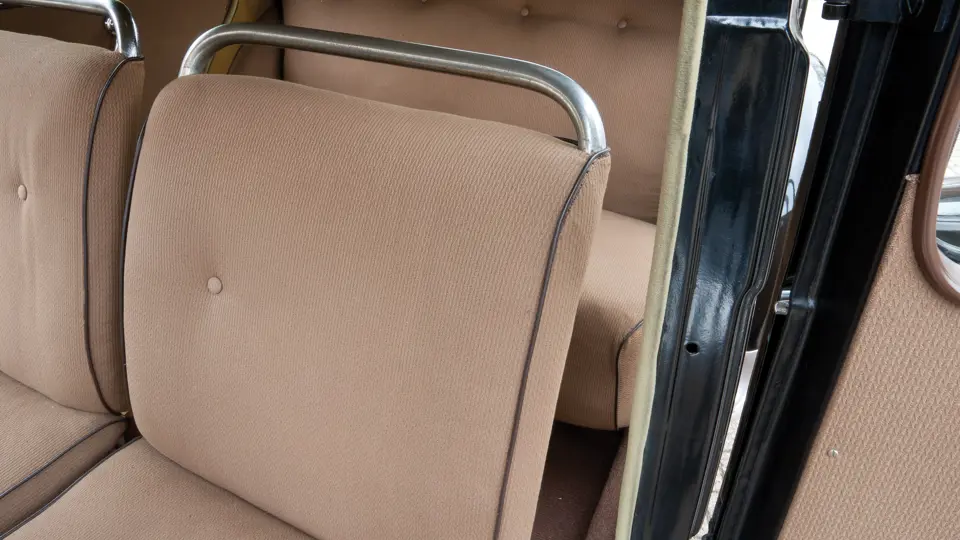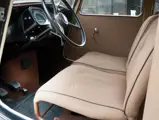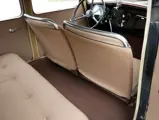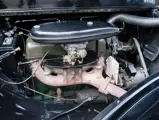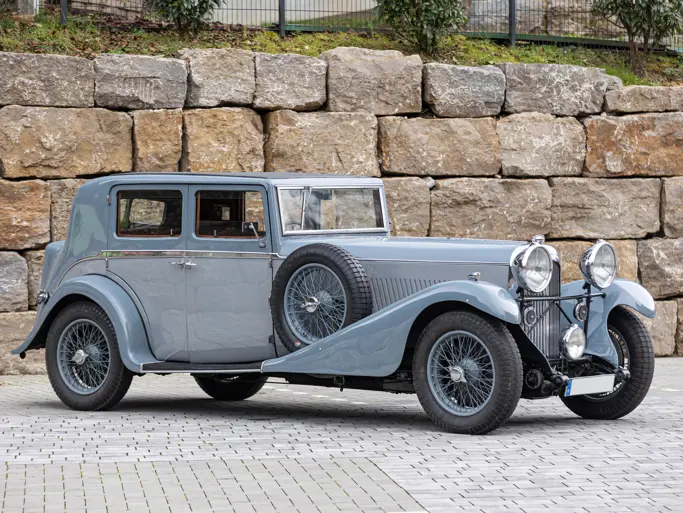56 hp, 1,911 cc OHV inline four-cylinder engine, three-speed manual transmission with reverse, independent front suspension with wishbones and torsion bars, solid rear axle with torsion bar suspension, and four-wheel drum brakes. Wheelbase: 2,910 mm
The name Traction Avant translates literally from the French to “front-drive”, indicative of the most important new feature of Citroën’s ground-breaking new 1934 model. Yet Andre Lefèbvre and Flaminio Bertoni’s design was fascinating in many other ways, as well. It was ahead of the American Cord by two years in its introduction of unit body construction, with the body and frame built as a single component, for wonderful rigidity. Independent suspension was at the front wheels, while the wheels themselves were moved to the far corners of the car, lowering its centre of gravity, improving handling, and providing space for a comfortable interior.
Beginning what would become a tradition with Citroën’s new models, the Traction Avant was an incredible smash success at the time of its introduction, with everyone from journalists to the public to the concessionaires of other automakers fighting to get a look at the new car at the 1934 Paris Motor Show. The model would be produced in several variations and multiple interesting body styles over a 23-year period, and over 760,000 were made. Today, survivors are treasured by enthusiasts and remain among the most modern and interesting automobiles of their era to drive. They are, quite simply, a mechanical pleasure in every way.
The second iteration of the Traction Avant was the 11, featuring a somewhat larger and more powerful four-cylinder engine. It was built in two versions, the car offered here being an 11BL (for “légère”, or “light”), which retained the first generation’s more narrow track and shorter wheelbase.
This car is a 1937 by its chassis number, but French registration documents on file record that it was first registered in 1939. It was sold in 1972 by Jacques Vincent of Vidauban to Luigi Colombo of Torino, and accordingly exported to Italy thereafter. It has remained in the country since, most recently as part of the Quattroruote Collection. It remains in good cosmetic condition and, as a relatively early survivor of the long-lived Traction Avant production run, would be an excellent addition to any collection of significant French automobiles.




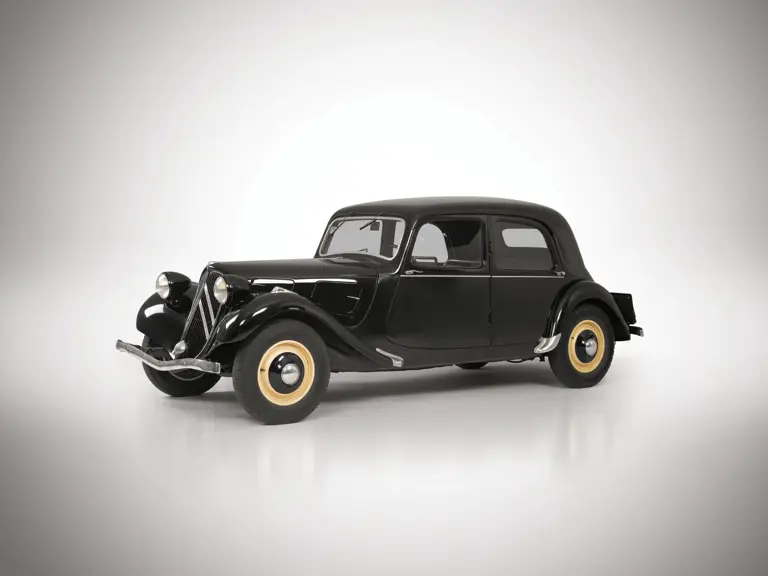
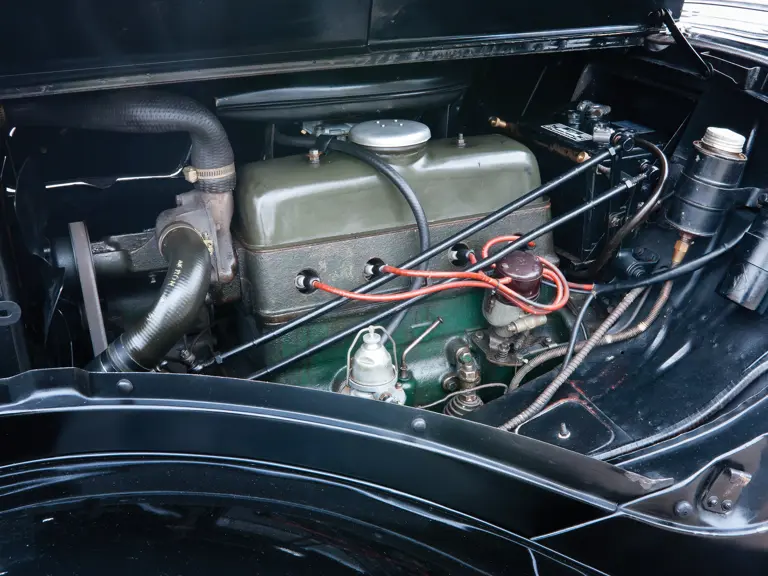
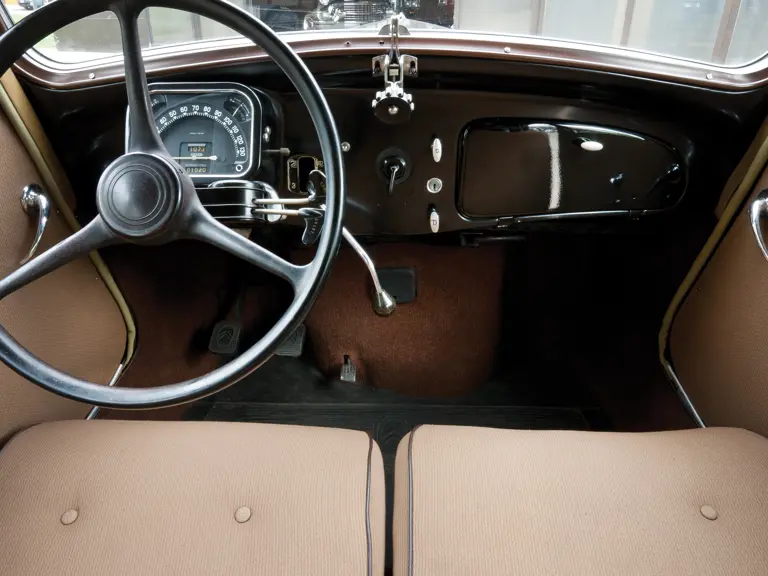
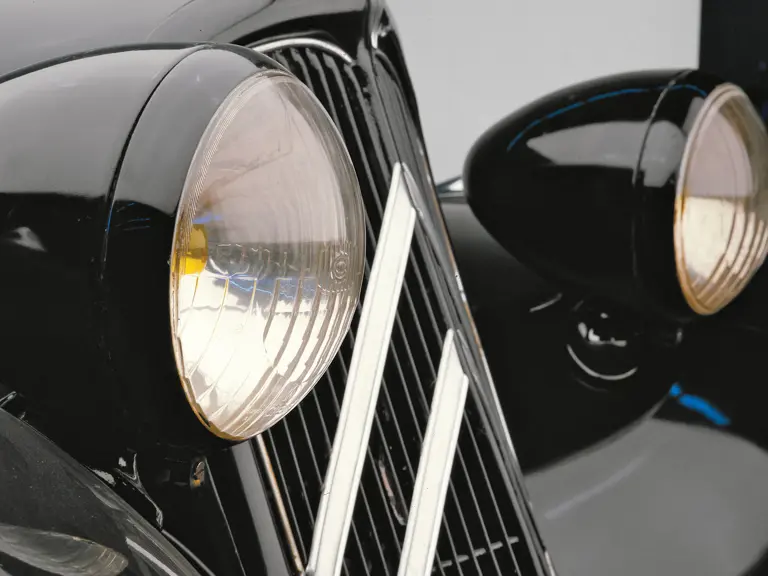


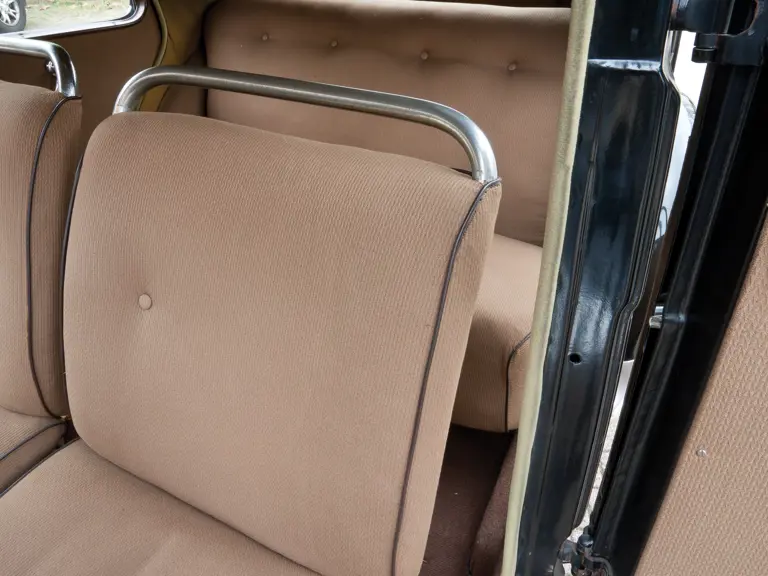
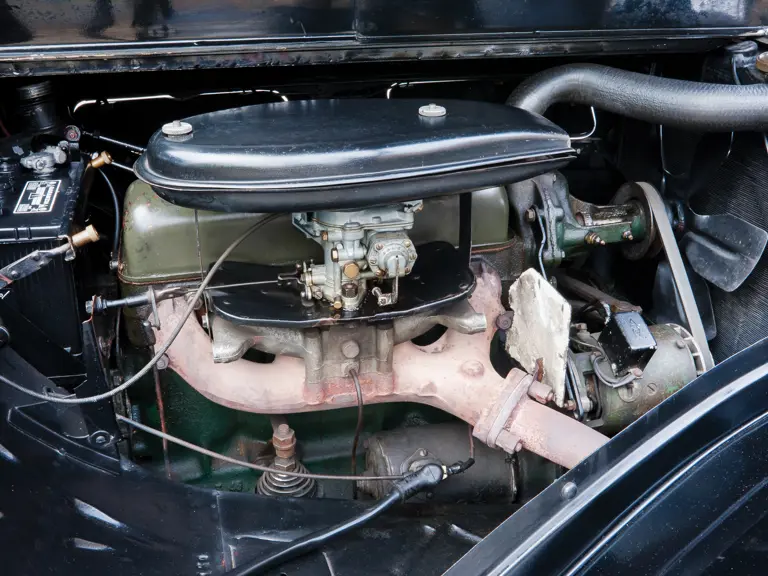
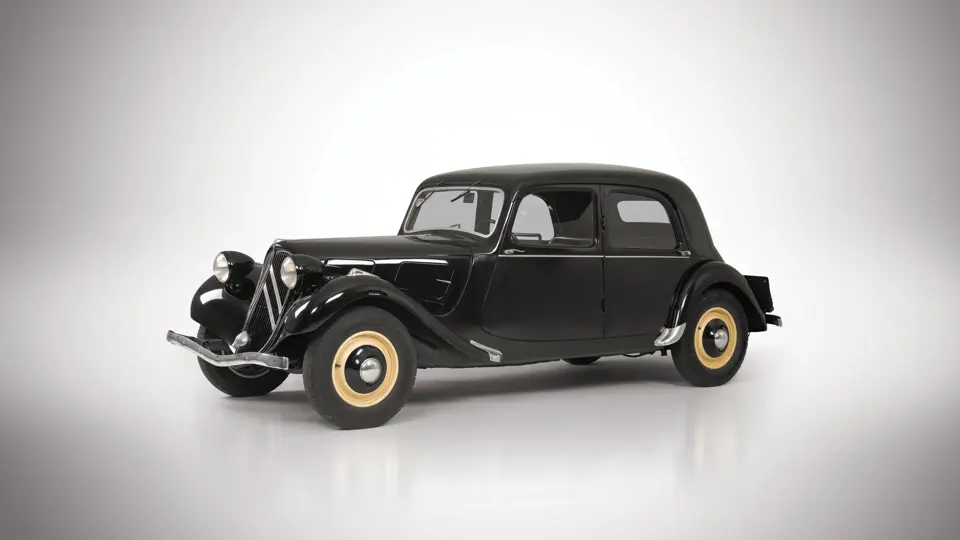
 | Monte Carlo, Monaco
| Monte Carlo, Monaco
